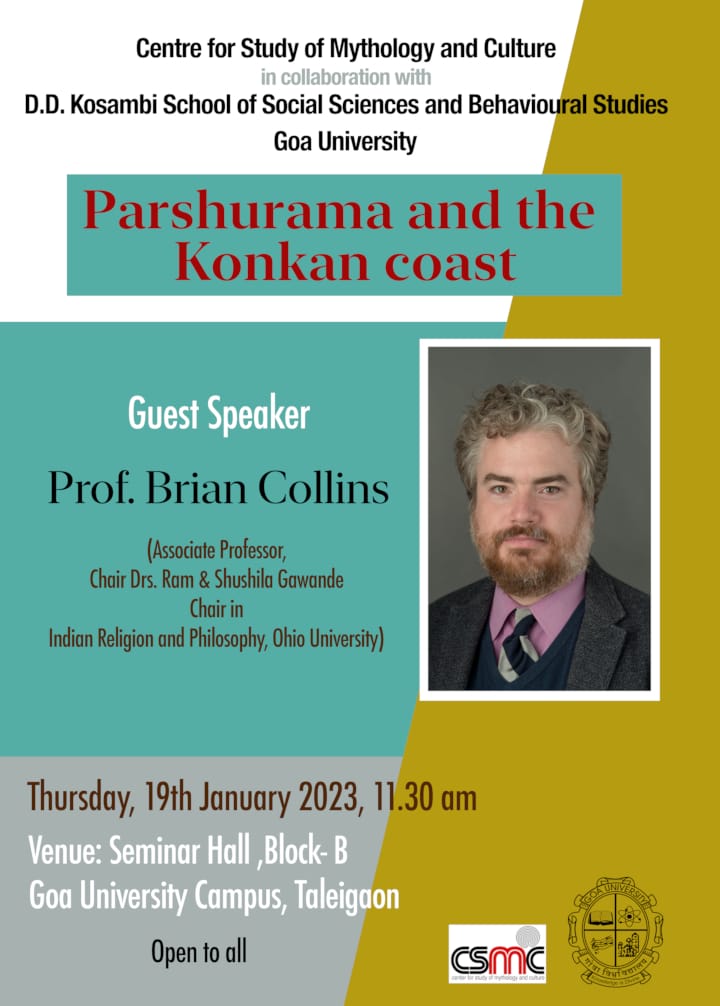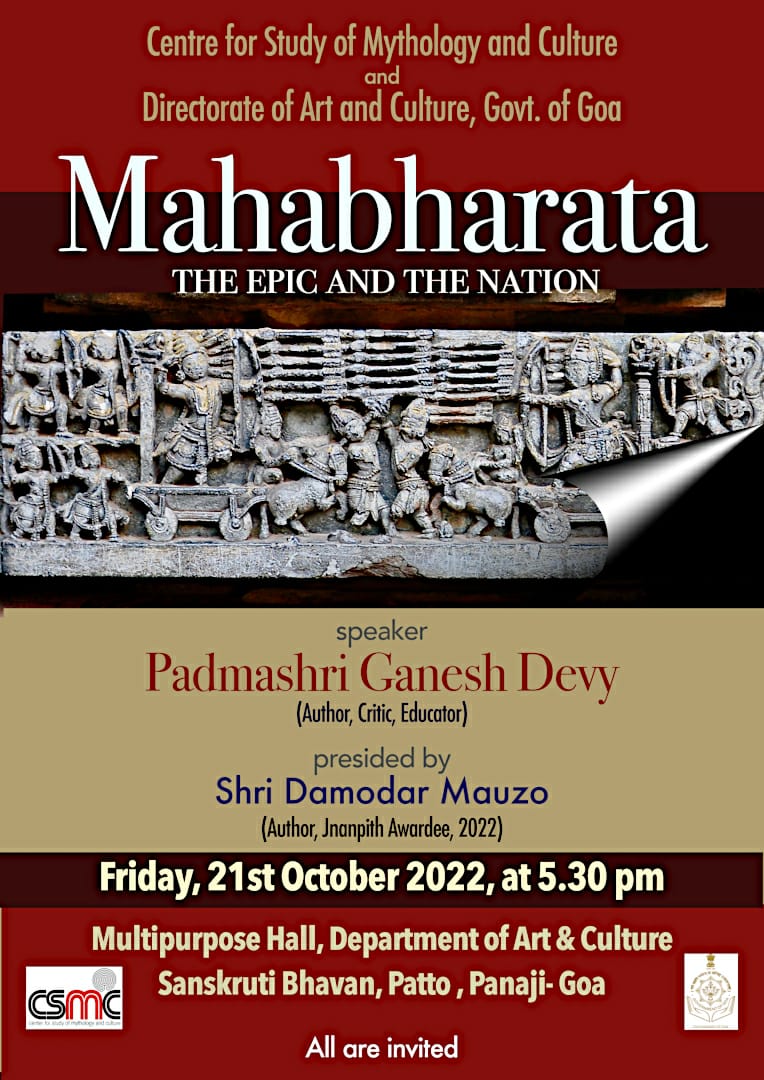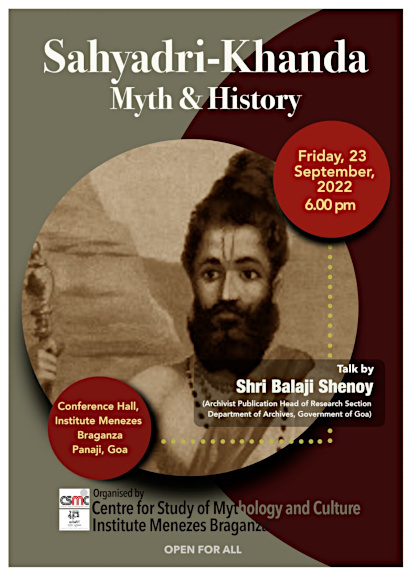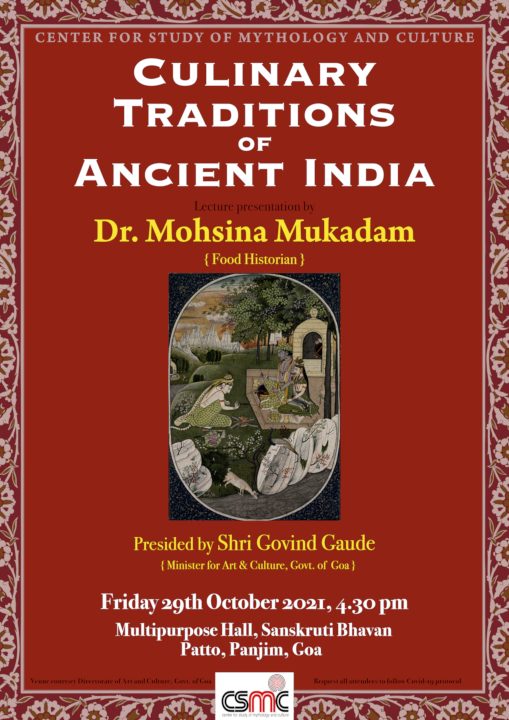The mystery of death is one of the deepest mysteries that concern the human mind. This is especially true when parents have to mourn the death of their children. When a young life is snatched away brutally in an act of war the questions of death seemed more pertinent and real. In the Mahabharata, the Pandavas experienced a similar dilemma when they lost young Abhimanyu, the son of Arjuna, who was killed brutally by enemy soldiers. Watching the battered body of Abhimanyu, the eldest of Pandava brothers Dharmaraja Yudhishthira could not contain his sorrow and pain and went into a state of deep shock. To console him Vyasa told him the following tale that explained how death is inevitable truth of this existence.
In the beginning of creation, Brahma created the universe. But the universe kept growing and never ceased to end. Frustrated and dejected Brahma got angry and wrath came out his body in the form of fire. The fire spread quickly and started consuming whatever came its way destroying Brahma’s creation. When the fire became uncontainable Rudra approached Brahma and asked him to restrain his wrath, otherwise the universe would be destroyed in no time. Brahma paid heed and began to absorb the fire back into his body. As the fire began to re-enter Brahma’s body a young woman was born from his limbs. She was dark in colour, with yellow eyes and blood red mouth. Her tongue popped out. Brahma named her “Mrutyu”(death) and told her that she would be the cause of death and destruction in this universe. This woman was not at all happy with the task given to her and she began to weep.
As the tears rolled down her cheeks Brahma gathered them in his palms. He tried to console her but still insisted that she should conduct her duty of destruction. Unhappy but bound by Brahma’s orders; Mrutyu went to Dhenuka Ashram and began to perform severe penance. Brahma appeared before her and asked her the reason for her harsh penance. Mrutyu reiterated her request: she did not want to be the cause of pain and sorrow to people on earth. Brahma finally agreed to set her free from the cruel task, but told her, ‘Tears I gathered from your eyes will turn into diseases and will weaken people and eventually kill them. But O’ Mrutyu! You should not hold yourself responsible for their death. Because Death is a necessity.’
Thus death was born.
Story collected by: Vidya Kamat
Textual source: Drona Parvan Adhyaya 53 & 54 also see
Dange, S. A., Legends in the Mahabharata, Motilal Banarsidass, Delhi,1969.
Location: Pan India, Tales from Mahabharata











